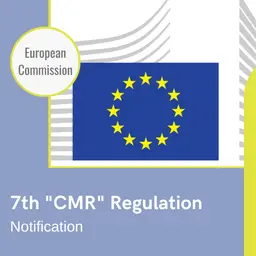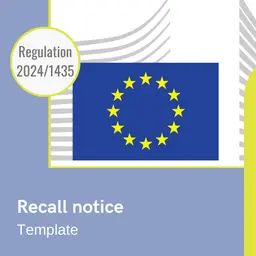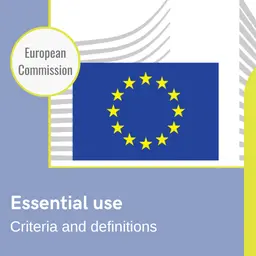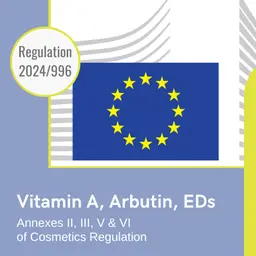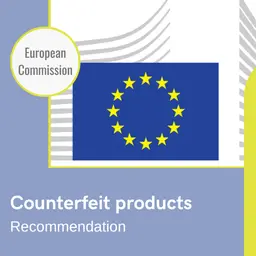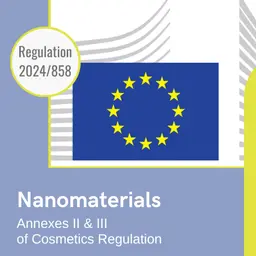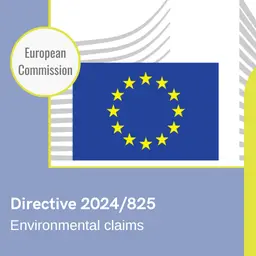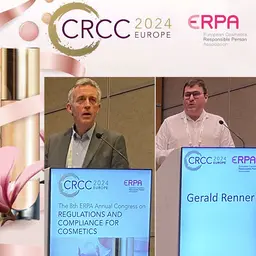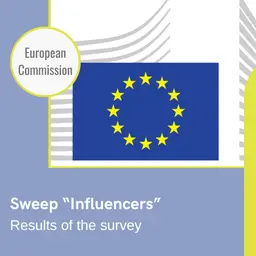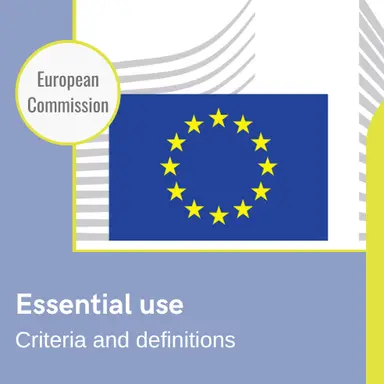
On 22 April 2024, the European Commission published a Communication establishing guiding criteria and principles for what would constitute “essential uses” of the most harmful chemicals. This part of the Chemicals Strategy for Sustainability is intended to apply in particular to cosmetic ingredients.
This Communication “gives industry and investors predictability regarding the manufacturing of products indispensable for the green and digital transition, health and defence in the EU,” the European Commission says. “It is a concrete deliverable of the Chemicals Strategy for Sustainability aiming to improve the protection of human health and the environment from the most harmful chemicals, and to move towards a toxic-free environment.”
It reiterates the principle that the most harmful substances must be eliminated from products, unless their use is considered “essential”. All that remained was to define what “essential use” is, which is the whole point of this Communication.
The two criteria
According to this text, the use of a hazardous chemical is considered “essential” when:
• It is necessary for health or safety or is critical for the functioning of society AND
• There are no acceptable alternatives.
This Communication aims to provide clarity on those criteria as well as on how to make them implementable across legislation.
Scope and definitions
Most harmful substances
They have one or more of the following hazard properties:
• Carcinogenicity Cat. 1A and 1B
• Germ cell mutagenicity Cat. 1A and 1B
• Reproductive/developmental toxicity Cat. 1A and 1B
• Endocrine …



